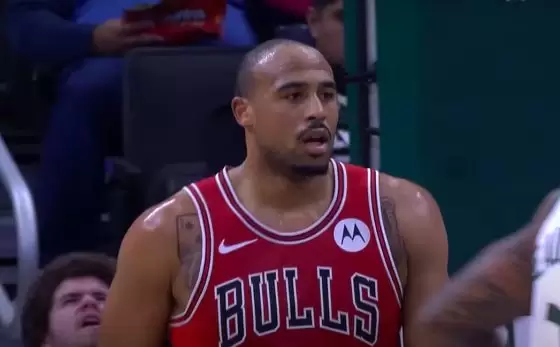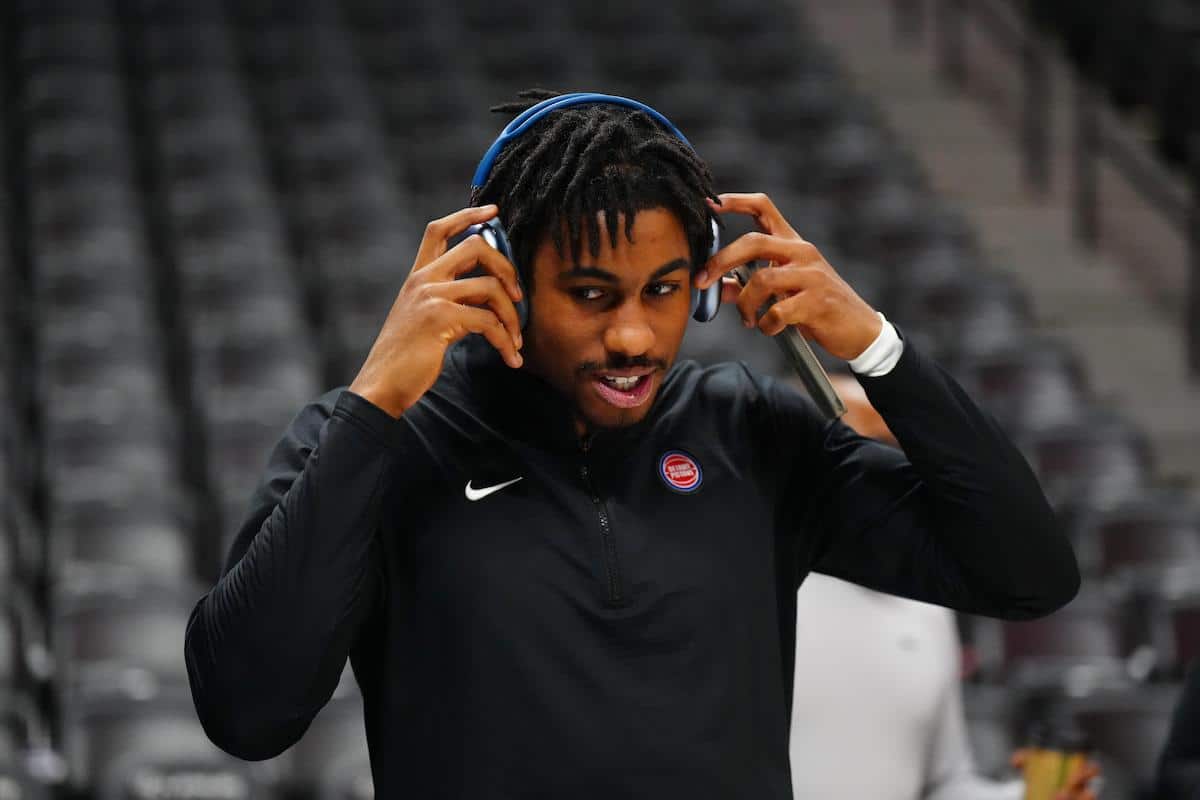Somewhere within this Boston Celtics team, there’s a playoff contender clawing to rise to the surface. The talent is there, and the roster is teeming with experience, but for some reason, we keep seeing regression after flashes of progress. Honestly, the team is reminiscent of an NBA rendition of “Me, Myself, and Irene,” because we scarcely see the same team for two games in a row.
This is the same Celtics team who carved up the Phoenix Suns on New Year’s Eve, then had to go into overtime against an Orlando Magic team missing some of its best players. To follow that up with a loss against the San Antonio Spurs is as perplexing as it is frustrating. How much longer can we blame shots not falling?
Sure, there have been games where they haven’t fallen, and you can live with those because every team has nights like that. But when you’re approaching the halfway point of the season, and those same shots are still coming up short, then it’s time to address the offensive game plan which is what we’re going to do here, with a specific focus on attempts at the rim, and in the short mid-range (between 4 and 14 feet).
Attacking the rim
The Celtics shot 57.1% at the rim against the Spurs, 10.5% below their season average. Part of those struggles is due to how Gregg Popovich has his team guarding the cup, with the Spurs ranking 4th in the NBA for rim defense.
But the Celtics have two All-Stars who are supposed to be elite finishers, along with a rim-runner who is fast becoming one of the best in the league at that role. So, keeping the emphasis on straight-line drives towards the basket was a peculiar choice, as was the lack of seals or cross screens around the paint.
It’s plays like this one where the Celtics miss Daniel Theis which, considering their current big man rotation, feels crazy to say. He’s one of the game’s best paint sealers. Yet, a simple high pick-and-roll ends up forcing Jayson Tatum into a heavily contested drive that results in a difficult attempt rimming out. Had Al Horford sealed his man after his roll to the rim, he removes one of the defensive players Tatum has to deal with.
The same can be said had Jaylen Brown relocated deeper into the corner or lifted towards the slot, as that would have forced Dejounte Murray to stay with his man and removed the dig (a momentary jump towards the ball-handler, in hopes of forcing the pick-up or pass).
“I think that having an identity and a play style is important. We want to get easy baskets down the stretch, not tough ones. Some of the actions that we have put in, things that we went over, we’ve gotta emphasize those and make the game easier, rather than harder.
Sometimes we can stand and watch a lot, and sometimes we can move and cut and get some easier baskets down the stretch. San Antonio did a good job of guarding and protecting the rim, but we gotta put pressure on them with our cutting and our off-ball actions instead of standing and watching,” Jaylen Brown said after the Celtics went 12-for-21 around the rim.
The frustrating part is, when the Celtics do work as a unit and flow into their offense, they create high quality opportunities that regularly convert into points. It’s not that they’re incapable of playing at an efficient level, but they sure are struggling to maintain that level. The above play was another simple high pick-and-roll, but Brown’s backscreen ensured Robert Williams had an unimpeded path to the rim. Marcus Smart, who has been impressive attacking the paint recently, ensured the defense collapsed on him before firing up the lob, and BOOM, easy points.
If we’re being honest, a lot of the pick-and-roll possessions against the Spurs did lead to some good stuff – be it Josh Richardson slipping into the paint for an easy wrap-around pass by Dennis Schroder, or Al Horford short-rolling towards the free throw line for some secondary creation opportunities. But there were also possessions that felt forced, with enough left on the shot clock to work for better shooting opportunities.
Short mid-range offense
According to Cleaning The Glass, the short mid-range area is defined as anywhere between 4 and 14 feet of the basket. I like to remember this specific area of the court as “floater range,” as that’s one of the more prominent shots within that specific area of the floor.
Celtics fans should be familiar with short mid-range offense, considering that Boston ranks 12th in the NBA for offensive frequency in that area. The downside? The Celtics are 24th in the league for how often they actually score on those attempts.
The Celtics are 12th in the league for offensive frequency in the short mid-range area (4-14 feet) but rank 24th for accuracy.
Against the Spurs, the Celtics saw 33% of their offense come from that area – why such an emphasis on an area you’re clearly limited in?
— Adam Taylor (@AdamTaylorNBA) January 6, 2022
With the style of play head coach Ime Udoka is trying to implement, the Celtics do need to keep defenses honest within that area of the floor, and that means being willing to take some shots that may or may not be analytically favored. The notion behind this is simple: if teams expect you to shoot from specific areas, they will rotate over or collapse, allowing more opportunities to kick the ball out.
But what happens when the Celtics decide that those short middies are actually their best chance of success? We saw the outcome against the Spurs. Jakob Poeltl’s rim defense along with San Antonio’s length saw the Celtics up their output from the “floater range” accounting for 33% of their total offense and they shot just 46.7% on those attempts.
The Celtics offense was never designed to feast in that area of the floor. Sure, the personnel is there, but it’s doubtful that Udoka and his coaching staff are drawing up plays for heavily contested floaters. Instead, when the defense commits to the ball-handler, cutters are meant to spring free across the baseline, or shooters lift onto the wing or sink into the corners.
Of course, it all comes down to shot quality, and the player taking the shot. If you have Tatum open on or around the elbow, like in the below play, then you accept that it’s a good look.
“I think we’ve just gotta recognize how teams are guarding us, and every time down, make them pay. This team was switching a lot other than Poeltl. We could have got some seals, could have got some slips, I think we got a few but not enough. And we could have really took advantage of that like we did in the Phoenix game, we didn’t do that tonight. We’ve just gotta trust the big, get off it, tell our guards to get off it, cut away, screen and then come back and play,” Jaylen Brown explained when discussing how the Celtics need to attack defensive coverages.
For a team that has clearly upped their ball movement, the team needs to embrace player movement, as they’re two halves of the same coin. The Spurs put on a clinic in offensive patience, with their offense rarely feeling rushed or forced, and despite the growth of Murray as a finisher, the team continually looks for the best shot rather than the best player.
That’s a lesson the Celtics are still learning, and one they need to adapt to quickly. Because leaning into a shot profile that doesn’t suit your personnel or your system is a flawed approach that one would guess doesn’t align with the coach’s gameplan coming into the contest.
Alas, we chalk up another loss on the calendar and hope the team learned another tough lesson because they can’t keep finding new ways to make mistakes if they want to be a successful unit.






